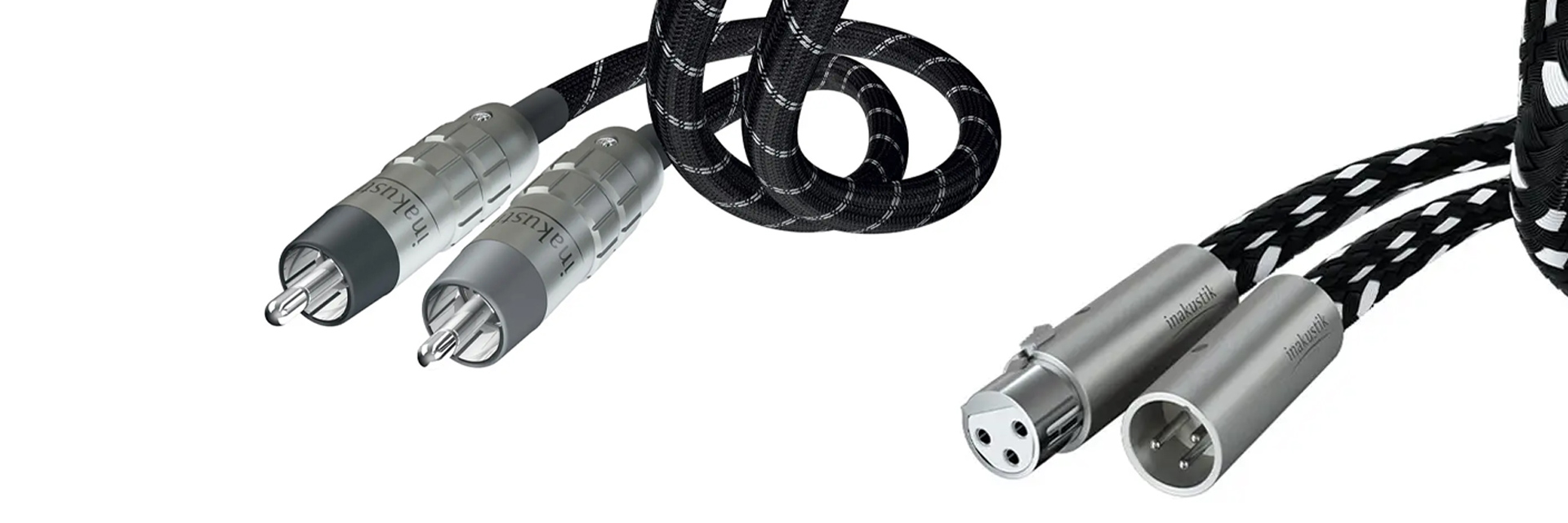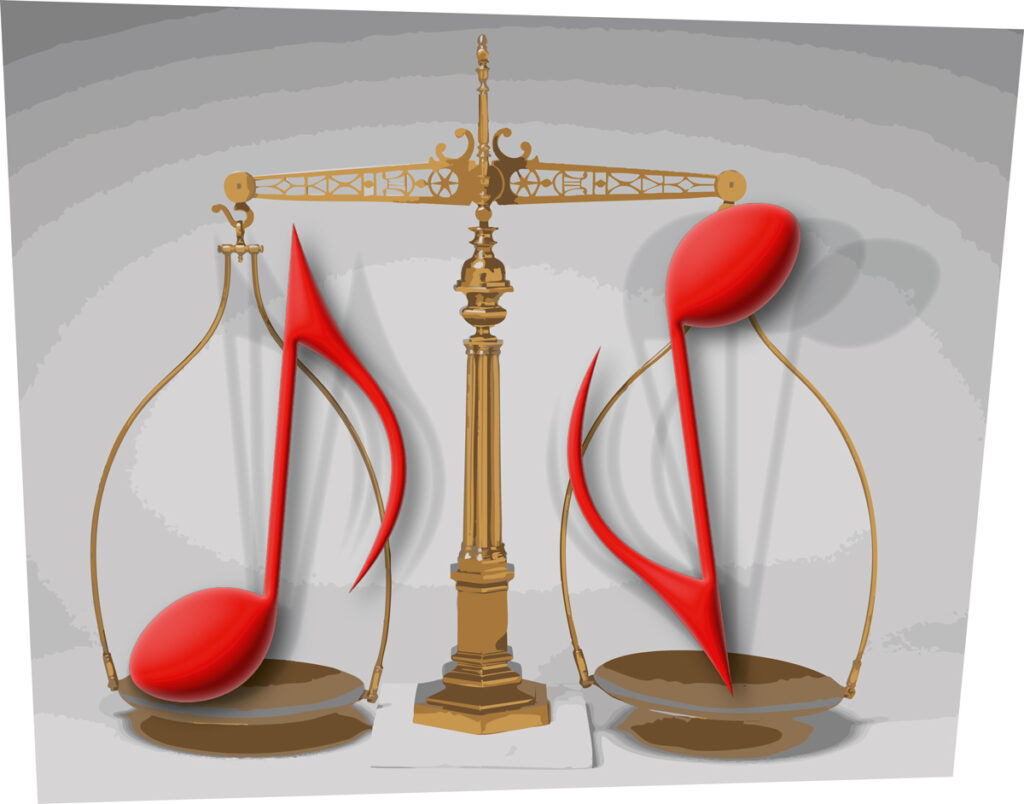XLR cables will give your precious setup a professional look – but do they really offer any sonic benefits? And what exactly is being balanced here? We provide the answers.
Single-Ended and Balanced Audio is one of the many fairly basic, yet sometimes misunderstood topics in hi-fi. Most hi-fi components use unbalanced (single-ended) connections such as RCA (Radio Corporation of America) – commonly known as cinch – or jack plugs for interconnects. The signal is carried via a single conductor, while a second conductor closes the signal circuit to ground while simultaneously acting as a shield. The signal is therefore “read” at the input as a difference to ground. This is easy to implement and works perfectly fine in most cases, but in some scenarios it can lead to issues in the form of noise or hum.
So what’s the problem anyway?
In a world full of power supplies and wireless signal transmission forms such as Wi-Fi, a cable picks up all kinds of interference. Even though the shielding can effectively keep most of the noise at bay, long cable runs and/or electromagnetically “loud” environments can push this system past its limits. Low-frequency interference in particular can penetrate the shielding due to its long wavelength, passing onto the signal conductor, which can then manifest itself in audible hum. For this very reason, power and signal cables should always be kept separate if possible – and if they must be close together, they should always run perpendicular and never parallel to each other.
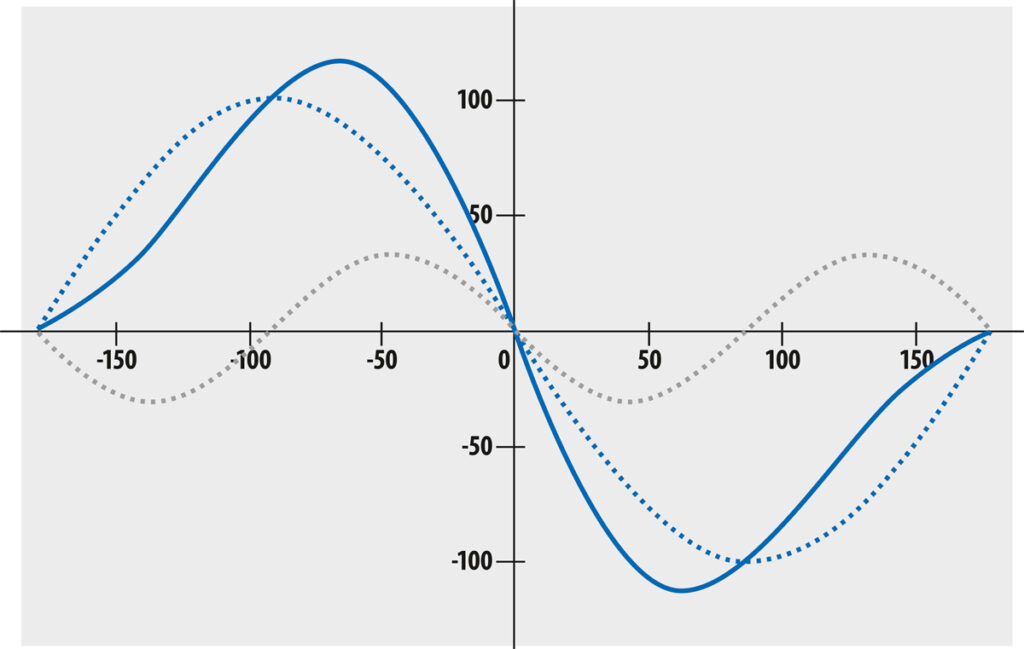
A second problem can arise if the output and input have different ground potentials – this can happen if, for instance, the streamer is plugged into a different outlet than the amplifier. Here, too, the result can be noise that may veil fine details in the music or even be outright audible.
How are balanced connections different then?
Balanced connections (e.g., XLR) solve both of these issues by using three conductors instead of two. They come in two flavors: In the simpler variant, one conductor carries the (positive) signal, while a second conductor is responsible for shielding and grounding. Unlike single-ended connections, however, the signal is not returned via the ground, but via a neutral conductor that serves as a reference instead of the earth. Since only one conductor carries the signal, this type of transmission is sometimes referred to as “quasi-balanced” or “pseudo-balanced.” Perhaps due to this wording, this kind of connection has a bit of a bad “as if” reputation, which is a bit unfair as this method actually offers all the essential advantages of balanced transmission. For one, it solves the problem of different ground potentials, as both the output and input are now referenced to the same zero point. More importantly, though, the separate neutral conductor brings with it a phenomenon called “common mode rejection”: At the input of the receiver is a differential amplifier (or, in some cases, a transformer) that only “sees” the difference between the zero and signal conductors. The beauty of this is that since the conductors in the cable are twisted together, they occupy pretty much the same line in space, meaning that electromagnetic interference is coupled into both conductors virtually identically. This in turn means that interference doesn’t affect the voltage difference between signal and reference – in other words: it remains “invisible” to the input.
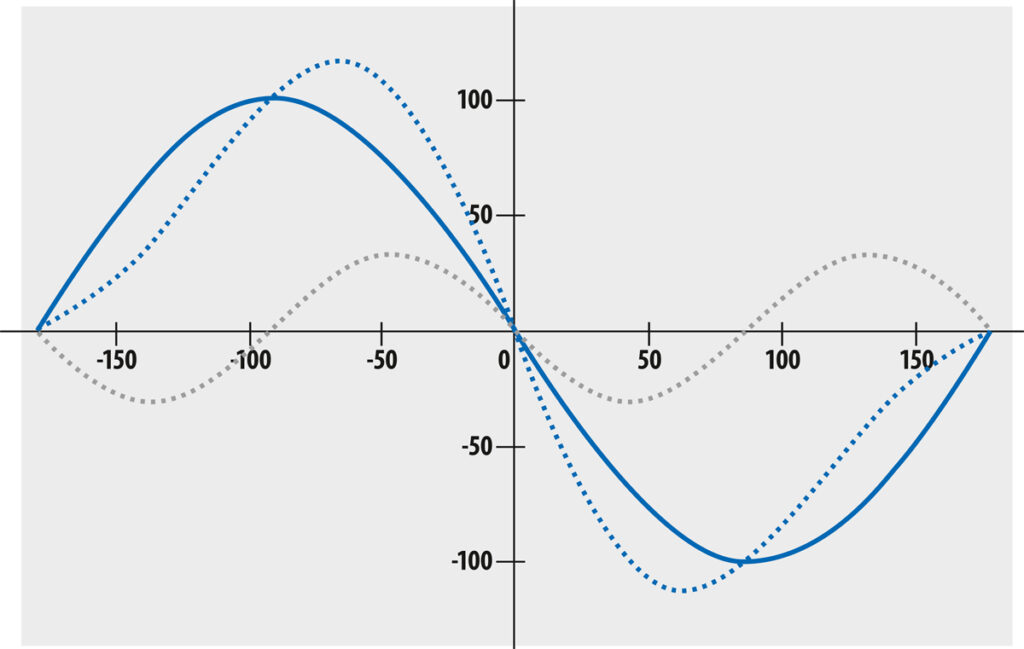
The prerequisite for this is that both conductors have exactly the same impedance – otherwise, the interference signal would couple into the conductors with different amplitudes (the lower the impedance, the higher the amplitude), and the differential input would still feed this difference into the signal. Since nothing is perfect in real life, common-mode rejection cannot completely eliminate interference –it does, however, works so well that the remaining interference can be considered negligible.
True Balanced
A fully symmetrical connection is obtained by introducing a second signal conductor instead of a neutral conductor, which transmits the signal with inverted phase. Here, too, any interference is coupled equally into both conductors and ignored at the input. Grounding problems cannot occur either, because the conductors use each other as a reference and are therefore also independent of the potentials of the connected components.
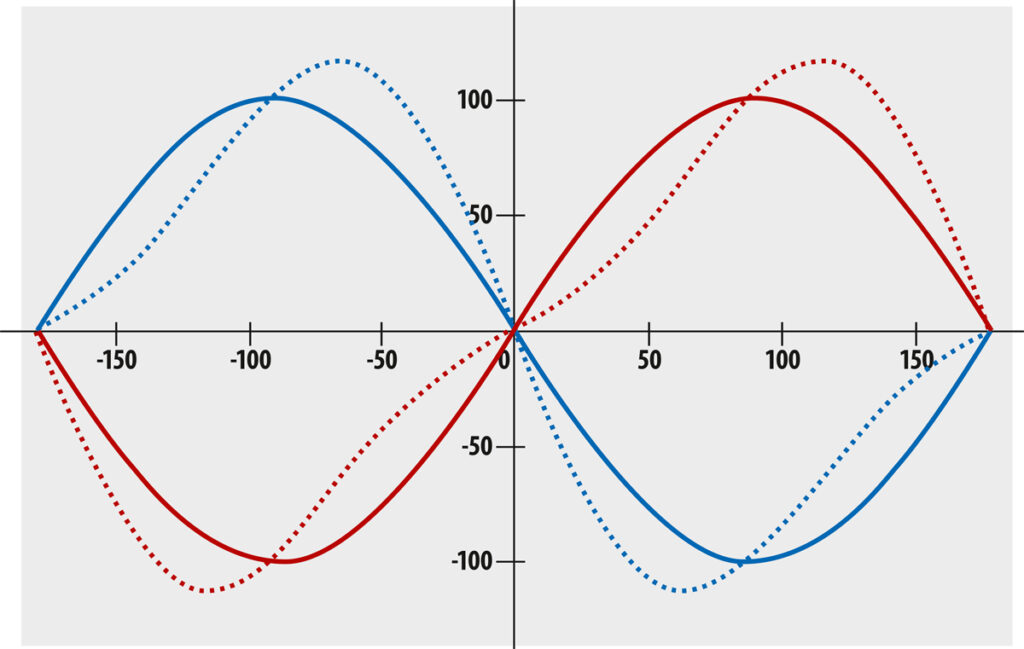
However, since the signal must be inverted for this purpose, true balanced transmission naturally involves greater effort – and one might ask whether it’s worth it when the “pseudo” solution already effectively deals with grounding problems and interference. The answer lies in the robustness of the signal: since in a fully symmetrical connection the difference occurs not between the signal and zero, but between two oppositely deflected signals, the amplitude effectively doubles while the strength of the interference remains the same, which can potentially lead to an up to 6 decibels greater signal-to-noise ratio. True balanced therefore makes particular sense in professional environments which are typically densely populated with cables and sometimes extreme cable runs. In hi-fi, on the other hand, the simpler variant may well be the more sensible solution – not only because it is easier to implement, but also because it avoids unnecessary components in the signal path.

